Born in 1878, the designer Eileen Gray was one of the five children of a rich Irish family.
Between 1898 and 1902 Eileen Gray attended the Slade School of Fine Art in London and also worked at a furniture-making workshop, where she became acquainted with Asian lacquers, which would start her on her life's work.
In 1900 Eileen Gray first went to Paris; between 1902 and 1905 she attended courses at the école Colarossi and the Académie Julian. In 1907 Eileen Gray moved to Paris and 21 rue Bonaparte, a flat she would live in for the rest of her life. From the Japanese artisan Seizo Sougawara, Eileen Gray learned Japanese lacquer techniques.
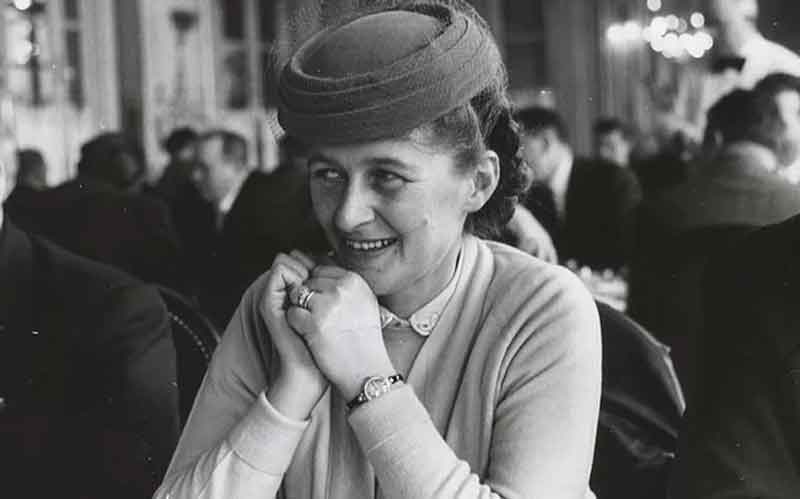
Around 1910 Eileen Gray started making lacquered folding screens. In 1913 she first showed work at the Salon des Artistes Décorateurs, where she attracted the notice of the couturier and art collector Jacques Doucet, who became Eileen Gray's first major client. In 1919 Eileen Gray was commissioned to design the entire interior of the Sofa Lota flat of Madame Mathieu Lévy. In 1922 Eileen Gray opened Galerie Jean Désert, where she sold her lacquer tables and screens. In the 1920s, Eileen Gray came into contact with the Dutch avant-garde group De Stijl and their abstract geometric works.
At the same time, she was made acquaianted with contemporary modern architecture through the French architect Jean Badovici. Eileen Gray's own work was strongly influenced by contemporary architecture and she began to design stringently functional furniture.
From 1926 until 1929 Eileen Gray and Badovici designed their own house in Roquebrune: E-1027. For that house, Eileen Gray designed some very modern furniture, including the celebrated "E-1027" side table with a circular glass top and tubular steel frame. In 1930/31 Eileen Gray designed the furniture for Jean Badovici's flat. In 1934 their house, "Tempe e Pailla", was built in Castellar.
In 1937 Eileen Gray exhibited her work in Le Corbusier's "Pavillon des Temps Nouveau". After that little more was heard about Eileen Gray; her work was not discovered until around 1970. Some of the furniture she designed has been reissued by Classicon.
Eileen Gray (1878-1976)

Adjustable side table E 1027 designed in 1925 by Eileen Gray
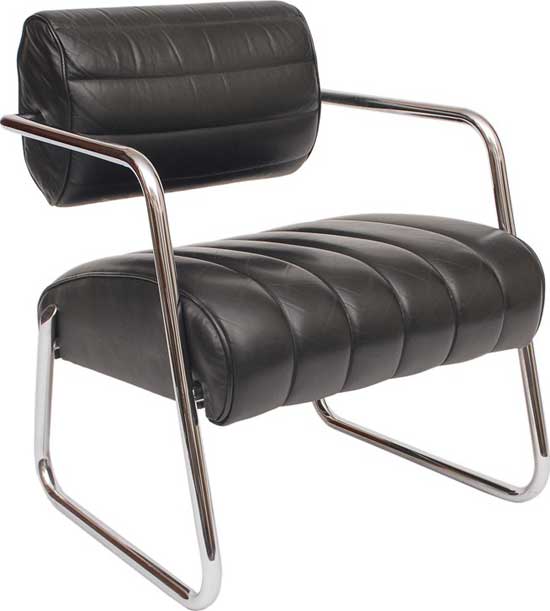
Bonaparte Lounge Chair designed in 1935 by Eileen Gray
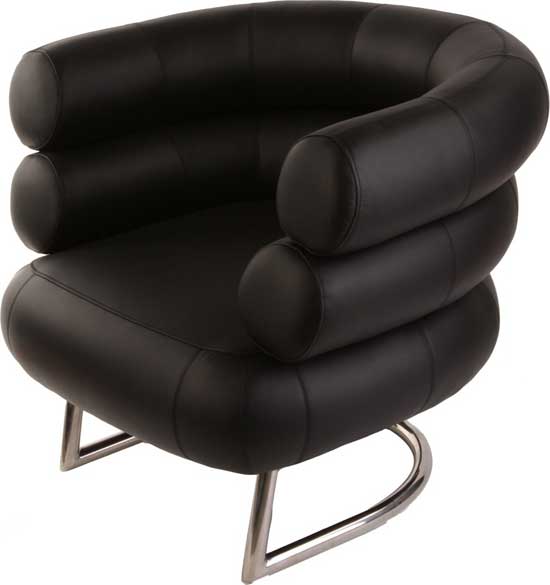
Bibendum Lounge Chair designed in 1929 by Eileen Gray
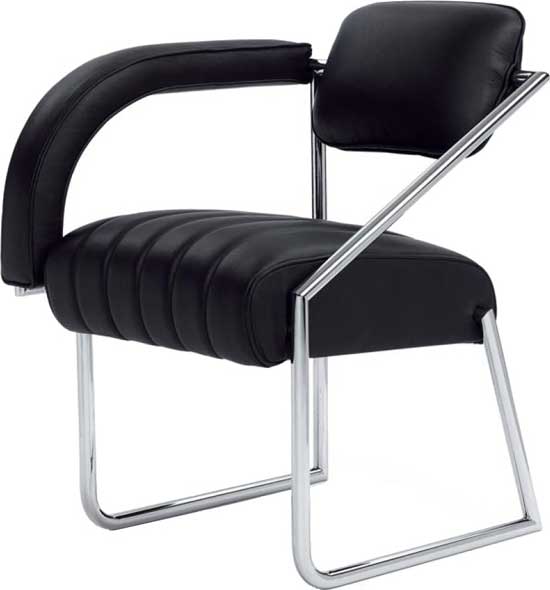
Non Conformist Lounge Chair designed in 1926 by Eileen Gray
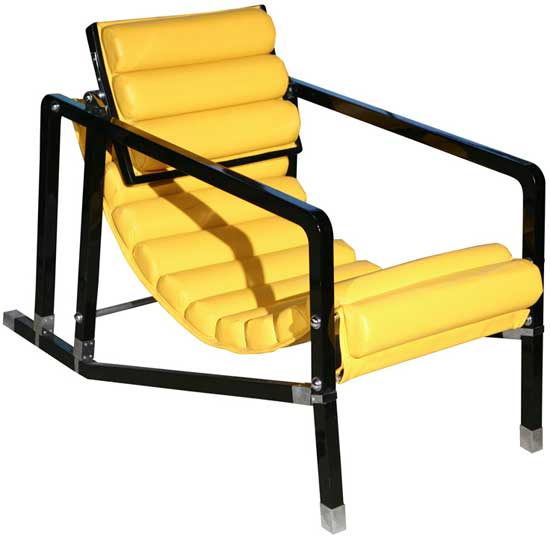
Transat Lounge Chair designed in 1930 by Eileen Gray